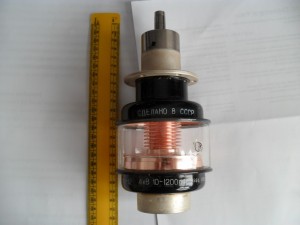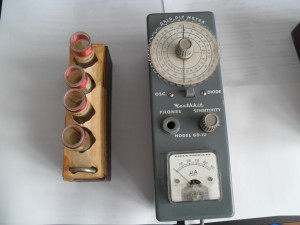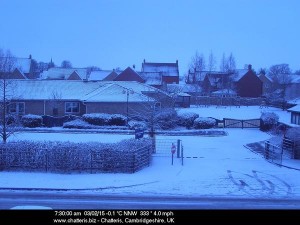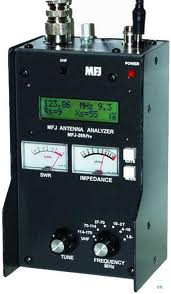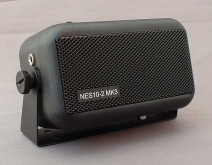As a licensed listener 🙂 one of the aspects which drew me to radio as a hobby was the huge variety of paths it can take you down, I would like to construct a Mag Loop antenna, Peter M0DCV gave a really interesting and informative talk and demonstration at a club evening, not only was their the construction element which attracted me, but how the loop was controlled and tuned.
Looking on the internet and YouTube shows plenty of mag loops being controlled via an Arduino, this is completely new to me so the best place for me to start was to get a starter kit off Ebay, the kit cost £31 and is an Arduino clone (Sintron) and contains everything to play with, (Servos, leds, LCD displays etc) well everything apart from an instruction book, fortunately after the purchase, the vendor sends you a link to download a whole host of manuals and projects.
I was up and running within about 10 minutes with the first project which was to make the on board led flash, the next project was the make traffic lights following the UK convention and this setup is in the picture, this slowly slowly approach is good for me as I’m learning how the code works and what are the effects when you make changes.
The ultimate aim is to download a program which will control a motor connected to the tuning control on a mag loop.
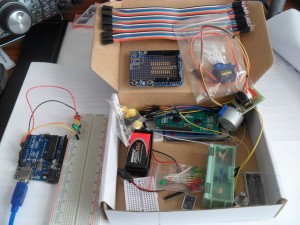
Note – The ribbon patch connectors in the picture was bought separately, again from Ebay for £0.99p including free postage!
I have ordered a larger motor, motor interface and rotary enumerator, once configured, the motor will mimic the turns of the manual rotary control. I will post up more when it arrives.



